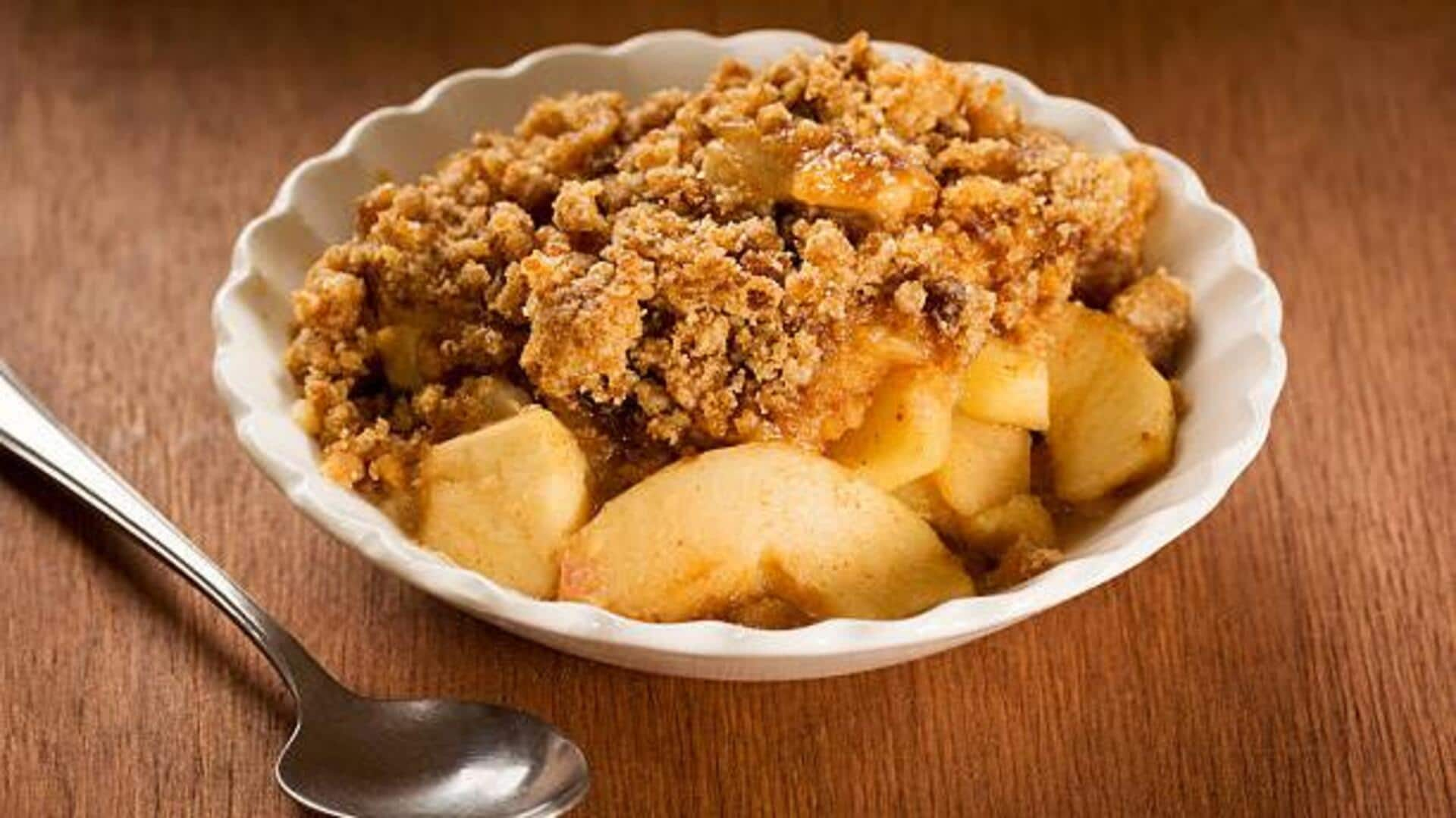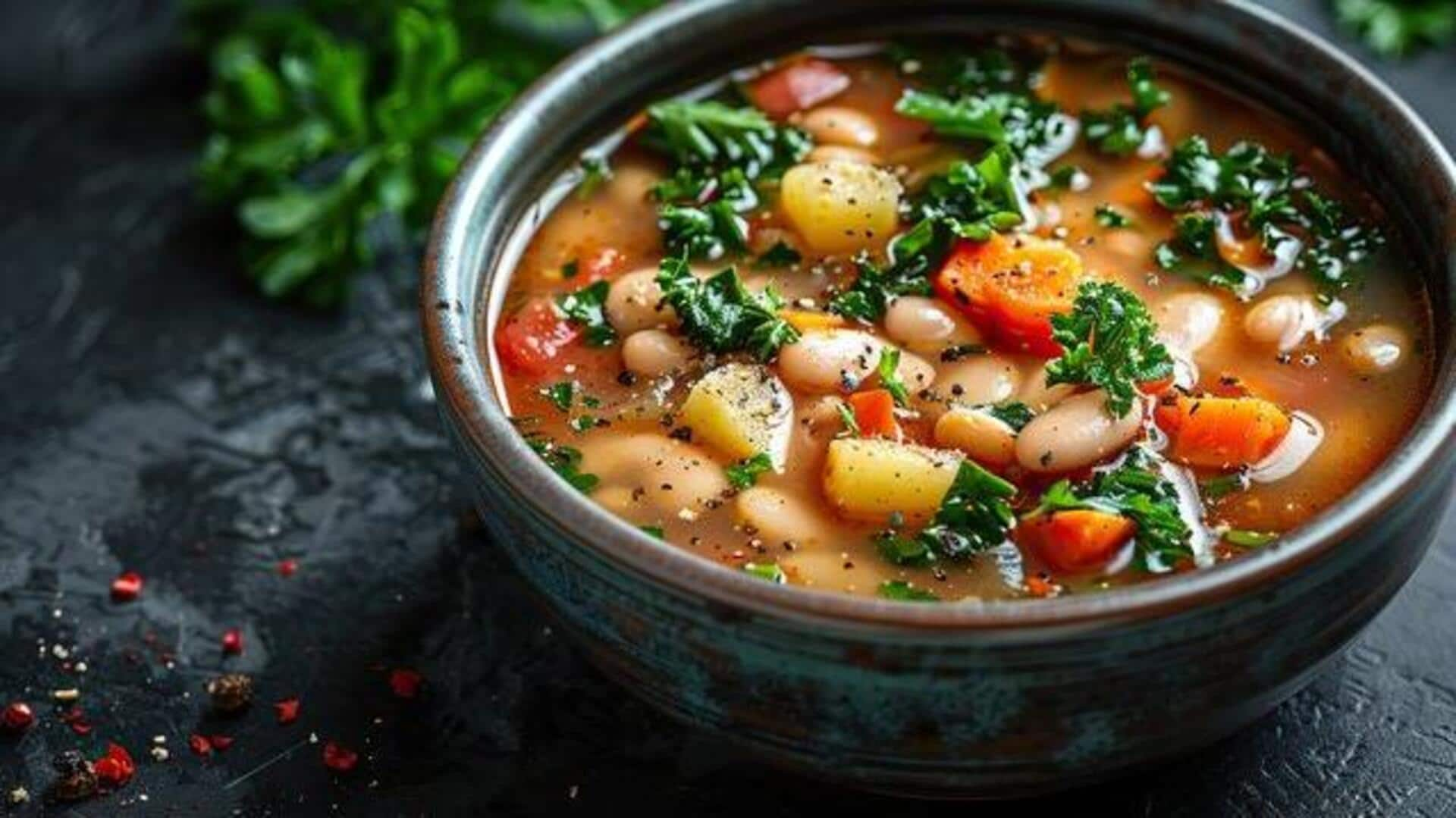Why Homemade Paneer?
Choosing to make paneer at home provides several key advantages. First and foremost, it gives you complete control over the ingredients, meaning no unexpected
additives or preservatives. This guarantees that you’re consuming a purer and safer product. Furthermore, homemade paneer is often more cost-effective. Store-bought paneer can be relatively expensive, and the price often doesn't reflect the quality. By making it yourself, you can significantly reduce costs and ensure you're getting the best value for your money. Finally, the freshness of homemade paneer is unparalleled. The taste difference is noticeable and significantly better. You'll savor the rich, creamy texture that you can rarely find in pre-packaged options. Consider starting to make paneer today and you'll immediately find that you're also helping reduce waste by eliminating packaging.
Get Started Now
The process of making paneer at home is incredibly straightforward, requiring minimal time and just a few simple ingredients. Begin with a good quality of full-fat milk. The fat content is crucial for creating that creamy texture and rich flavor. Next, you'll need an acidifying agent, like lemon juice or vinegar, to curdle the milk. This step separates the solids (the paneer) from the whey. Bring the milk to a boil, then slowly add the acid while stirring gently. As the milk curdles, you'll see the solids separate. Once the separation is complete, strain the mixture through a muslin cloth. Rinse the paneer under cold water to remove any residual acidity and then gently squeeze out the excess water. The paneer is then ready to be used in your favorite dishes or can be pressed for a firmer texture.
Step-by-Step Procedure
To begin, pour your chosen quantity of full-fat milk into a heavy-bottomed pot. Bring it to a boil over medium heat, stirring frequently to prevent scorching. Once boiling, immediately reduce the heat to low and slowly add the acidifying agent, such as lemon juice or vinegar, while constantly stirring gently. Continue stirring until the milk curdles completely, which usually takes a few minutes. You'll see the solids separate from the whey, creating a milky liquid. Once the milk has curdled, line a colander with a clean muslin cloth. Carefully pour the curdled milk through the cloth, allowing the whey to drain out. Rinse the paneer under cold water to remove any lingering traces of the acid. This helps to improve the taste and texture. Gather the edges of the muslin cloth and squeeze out any excess water. You can then press the paneer by placing a weight on it for a firmer texture or simply use it immediately.
Tips for Perfection
Several tips can assist you in achieving paneer perfection. Using high-quality, full-fat milk is paramount for a richer, creamier paneer. The fat content is essential for the texture and flavor. When adding the acidifying agent, it's best to do it gradually while stirring gently. This ensures that the milk curdles evenly. Do not overcook the milk, which can result in a rubbery texture. Over stirring can also result in a grainy texture. After straining, rinsing the paneer under cold water stops the cooking process and removes any lingering acidity. For a firmer paneer, place a heavy weight on the strained paneer for at least 30 minutes to an hour. Store homemade paneer in the refrigerator, submerged in cold water, and change the water daily to keep it fresh. With practice and patience, you will be making perfect paneer!





